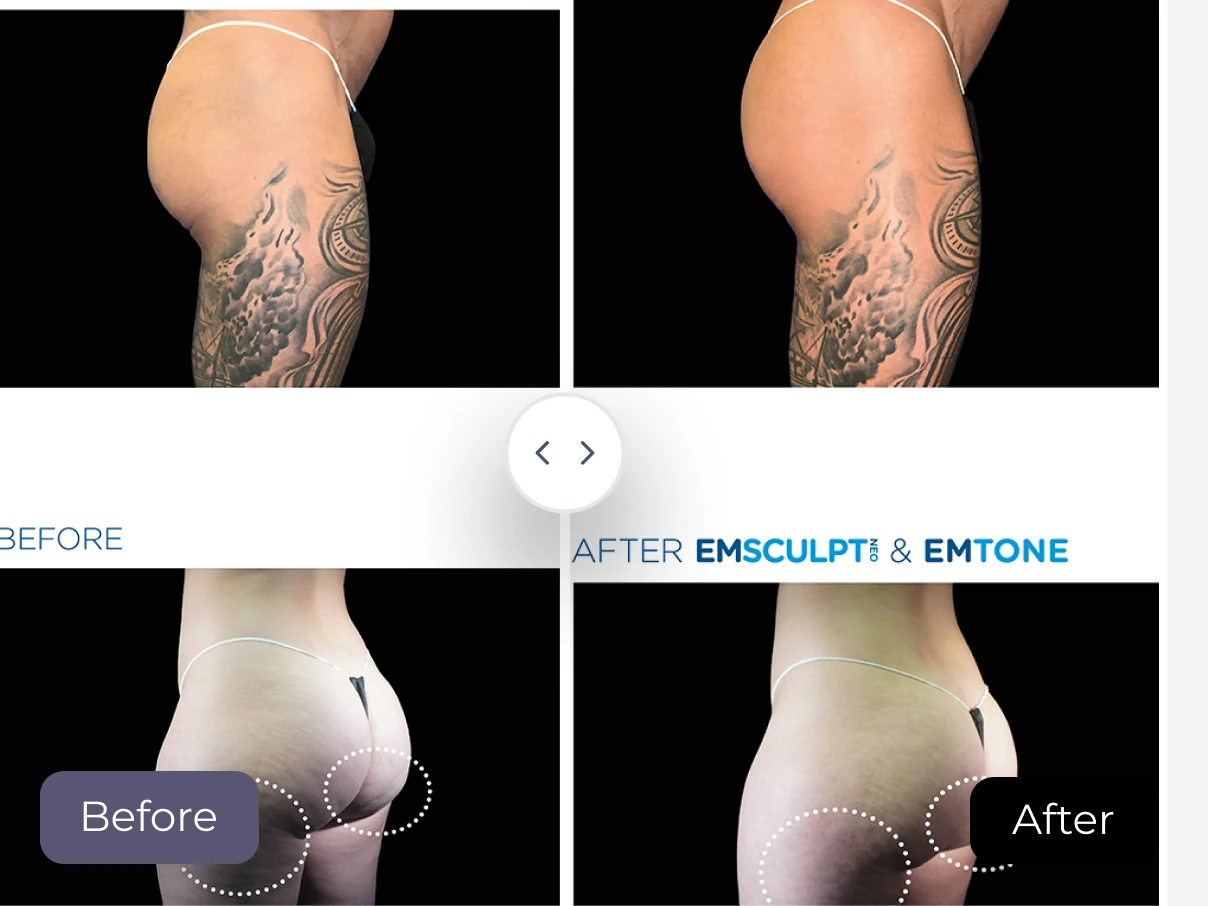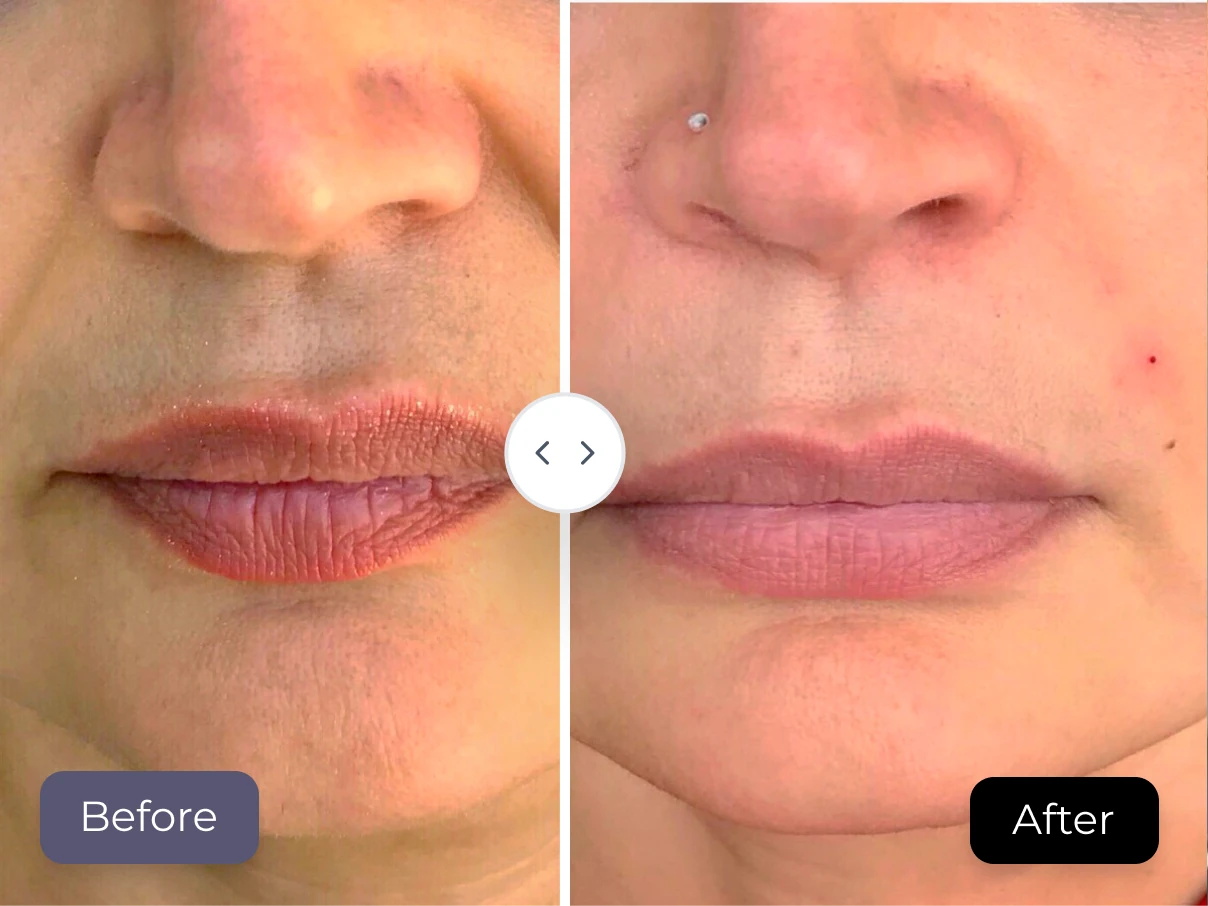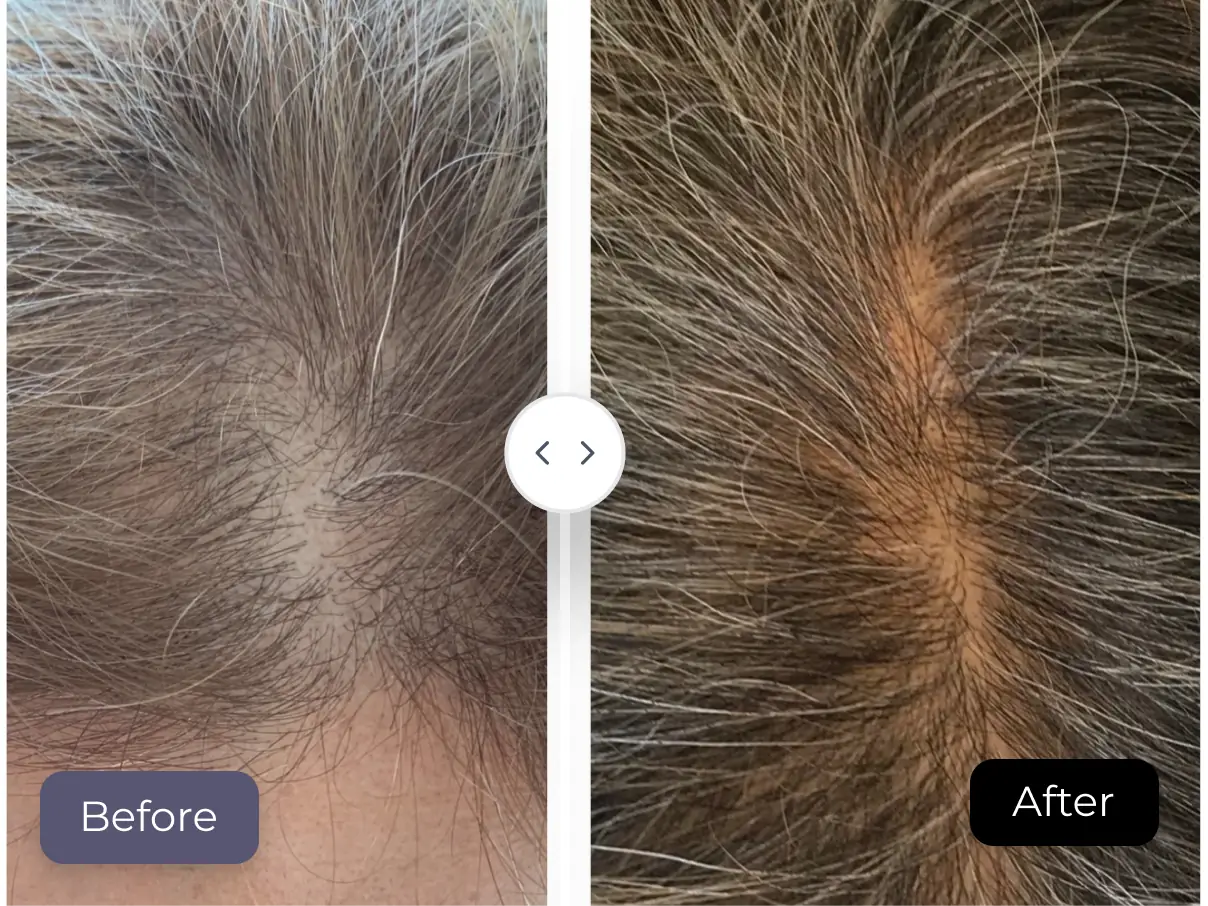Cosmetic acupuncture is a holistic, non-invasive treatment that has gained widespread popularity as a natural alternative to traditional cosmetic procedures. Rooted in traditional Chinese medicine (TCM), this technique involves inserting ultra-fine needles into specific acupuncture points on the face and body to stimulate energy flow, or qi. The practice not only promotes balance, health, and vitality but also offers extensive skin rejuvenation and anti-aging benefits.
Historically, acupuncture originated in ancient China, where it was primarily used to address various health conditions. Over time, its ability to enhance skin tone, texture, and elasticity was discovered, leading to the development of specialized cosmetic acupuncture techniques focused on facial aesthetics.
In recent years, cosmetic acupuncture has become a preferred choice for those seeking natural, non-invasive alternatives to treatments like Botox and other traditional cosmetic procedures. Techniques such as facial needling, Gua Sha, and cupping have gained traction among individuals desiring effective beauty solutions without the risks associated with surgery or harsh chemicals.
By stimulating collagen production and encouraging skin rejuvenation, cosmetic acupuncture provides a natural and comprehensive approach to beauty. Its gentle yet impactful results resonate with those prioritizing holistic treatments over conventional methods, making it an increasingly popular option for achieving youthful, radiant skin.
Popular Cosmetic Acupuncture Methods
Cosmetic acupuncture encompasses a variety of techniques designed to enhance skin health and appearance. These cosmetic acupuncture services provide a holistic approach to skincare by combining ancient practices with modern advancements, offering comprehensive facial rejuvenation.
Each method targets specific skin concerns, promoting a natural and youthful appearance without resorting to invasive procedures. Below are some of the most common techniques:
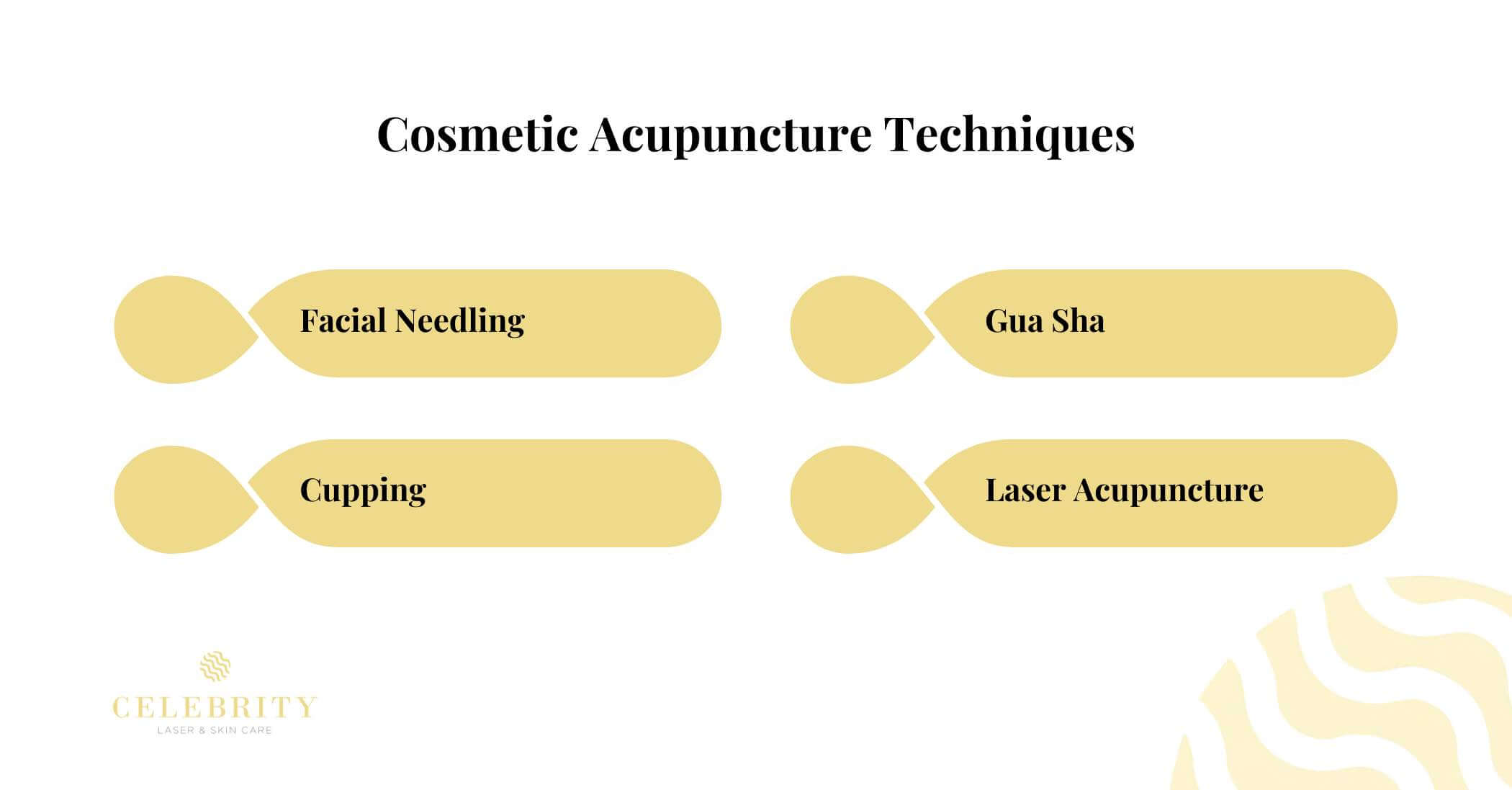
Facial Needling
Facial needling, also known as cosmetic acupuncture, involves the precise insertion of fine needles into targeted points on the face. This method stimulates the body’s natural healing processes, enhancing collagen production and improving skin elasticity.
By addressing areas prone to wrinkles and sagging, facial needling helps reduce fine lines, refine skin texture, and support a more youthful complexion. It offers the dual benefits of natural collagen induction and minimal recovery time compared to invasive treatments.
Gua Sha
Gua Sha is a traditional Chinese skincare technique that uses a smooth-edged tool, often crafted from jade or rose quartz, to gently scrape the skin. This method promotes circulation and lymphatic drainage, reducing puffiness and improving overall skin health.
In addition to enhancing skin tone and reducing fine lines, Gua Sha alleviates facial muscle tension, resulting in a relaxed and refreshed appearance. Regular use can contribute to both improved aesthetics and overall well-being.
Cupping
Cupping therapy involves the application of small suction cups to the skin, creating a vacuum effect that draws underlying tissue into the cup. This technique improves blood flow, relieves muscle tension, and supports skin healing.
In cosmetic applications, cupping enhances skin tone and texture, diminishes fine lines, and boosts collagen production. It serves as a non-invasive complement to other cosmetic acupuncture methods, helping to achieve a more radiant complexion.
Laser Acupuncture
Laser acupuncture uses low-level lasers to stimulate acupuncture points without the need for needles. This modern variation provides a painless, non-invasive option, ideal for individuals sensitive to traditional needles.
By enhancing blood flow and promoting collagen production, laser acupuncture improves skin health while combining the principles of traditional acupuncture with advanced technology for effective skin rejuvenation.
How effective is cosmetic acupuncture for anti-aging?
Cosmetic acupuncture has emerged as a popular natural anti-aging treatment, offering the ability to address various skin concerns without the need for invasive procedures.
Research indicates that cosmetic acupuncture stimulates collagen production, enhances blood circulation, and promotes overall skin health. These effects work together to reduce fine lines, wrinkles, and sagging skin, creating a more youthful and rejuvenated appearance.
Beyond its aesthetic benefits, facial acupuncture also supports holistic wellness by balancing the body’s energy and reducing stress, which can positively impact skin health.
Regular cosmetic acupuncture sessions often yield long-lasting results, making it a compelling alternative to conventional anti-aging treatments like Botox and fillers. Many patients seeking natural solutions turn to cosmetic acupuncture to meet their anti-aging needs.
While outcomes may vary among individuals, cosmetic acupuncture is widely praised for its ability to subtly enhance the skin’s appearance while contributing to overall well-being.
Benefits of Cosmetic Acupuncture
Cosmetic acupuncture provides a variety of benefits that extend beyond aesthetics. These treatments offer natural, non-invasive solutions to address common skin concerns, rejuvenating and revitalizing your appearance while promoting overall well-being.
Here are some key benefits that make cosmetic acupuncture a preferred choice for effective skincare:
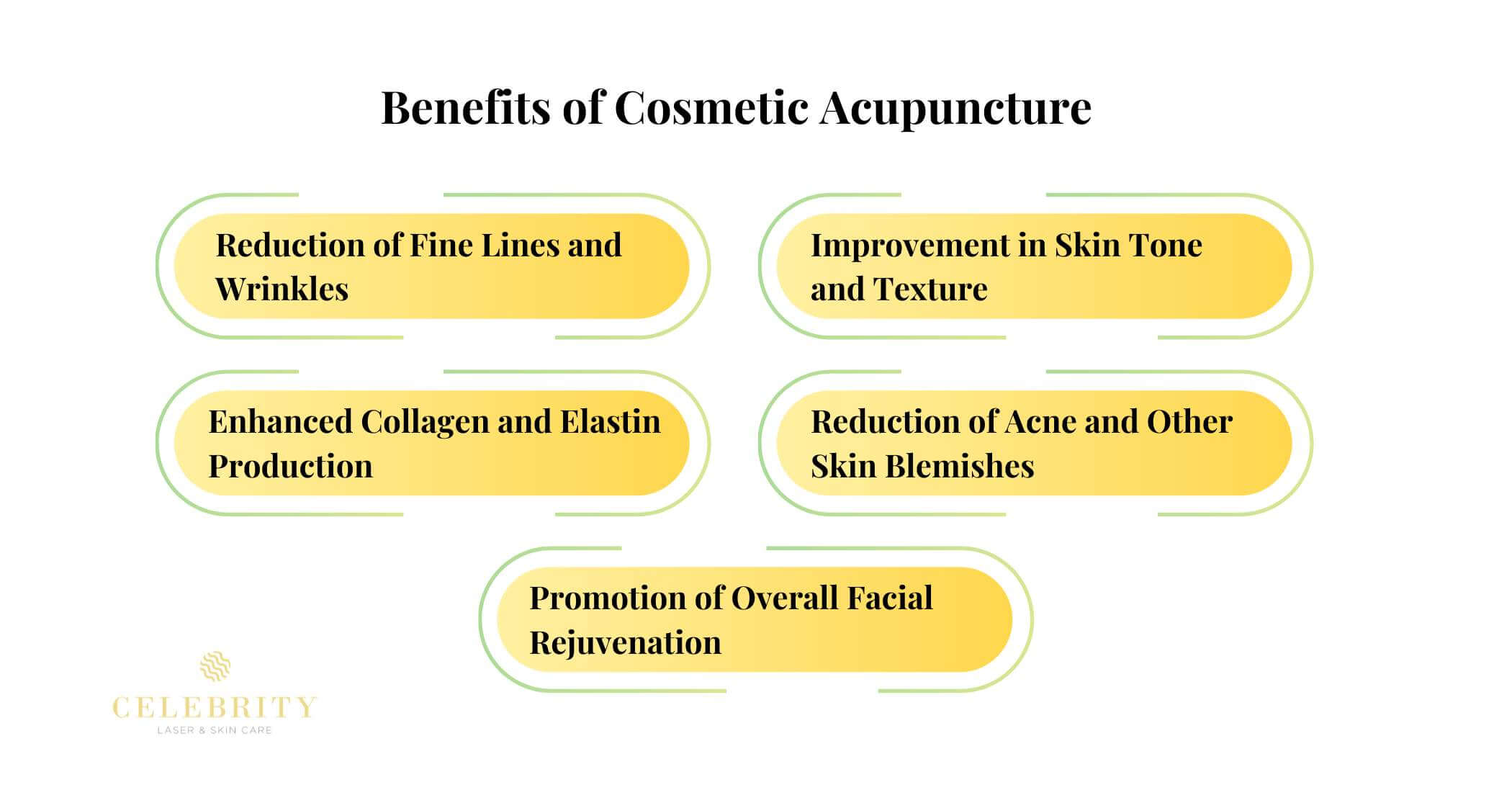
Reduction of Fine Lines and Wrinkles
Cosmetic acupuncture effectively reduces fine lines and wrinkles by stimulating collagen and elastin production. These proteins smooth the skin and diminish the appearance of age-related lines. With regular sessions, noticeable improvements can be achieved, making this technique a natural alternative to more invasive procedures.
Improvement in Skin Tone and Texture
One of the standout benefits of cosmetic acupuncture is its ability to enhance skin tone and texture. Increased blood flow and lymphatic drainage from techniques like Gua Sha and facial needling improve skin tone and create a healthier, more radiant complexion.
Enhanced Collagen and Elastin Production
Collagen and elastin are vital for maintaining youthful, firm skin. Cosmetic acupuncture methods stimulate the natural production of these proteins, promoting skin elasticity and firmness. This natural boost is a cornerstone of the anti-aging effects of these treatments.
Reduction of Acne and Other Skin Blemishes
Acupuncture techniques such as cupping and facial needling help reduce acne and other skin blemishes by improving circulation and detoxifying the skin. This makes cosmetic acupuncture an excellent option for those looking to enhance their skin’s health and appearance.
Promotion of Overall Facial Rejuvenation
The holistic nature of cosmetic acupuncture addresses multiple skin concerns, resulting in a more balanced and revitalized appearance. By combining various techniques, this approach offers comprehensive facial rejuvenation, contributing to both improved aesthetics and overall well-being.
Scientific Evidence and Expert Opinions on the Efficacy of Cosmetic Acupuncture
Studies have demonstrated the potential effectiveness of cosmetic acupuncture, though research in this area remains relatively limited.
One pilot study involving women aged 40 to 59 revealed significant improvements in facial elasticity after five cosmetic acupuncture sessions. Using Moire topography to measure results, the study highlighted marked enhancements in skin firmness, suggesting that acupuncture can restore muscle tone and improve elasticity as a non-invasive anti-aging treatment.1
A systematic review of literature across multiple languages further supports these findings. The review analyzed randomized controlled trials and prospective studies, all of which reported positive outcomes. Key improvements included enhanced facial blood circulation, reduced wrinkles, and overall better skin condition.2 Some studies also noted increased skin hydration levels and improved patient self-assessments of elasticity.
Patients often express satisfaction with cosmetic acupuncture due to its natural, minimally invasive approach and the absence of serious side effects. The most common side effect—mild bruising at needle sites—typically resolves quickly, further reinforcing the treatment’s appeal.
Experts suggest that integrating acupuncture with modern aesthetic treatments, such as laser therapy, can amplify results. This combination offers a holistic approach to skin rejuvenation, addressing immediate cosmetic concerns while providing long-term benefits. Patients who adopt this integrative strategy often experience enhanced outcomes in both appearance and skin health.
Key Considerations and Potential Risks of Cosmetic Acupuncture
Cosmetic acupuncture techniques offer numerous benefits, but it is vital to consider the potential risks and practical aspects before beginning treatment.
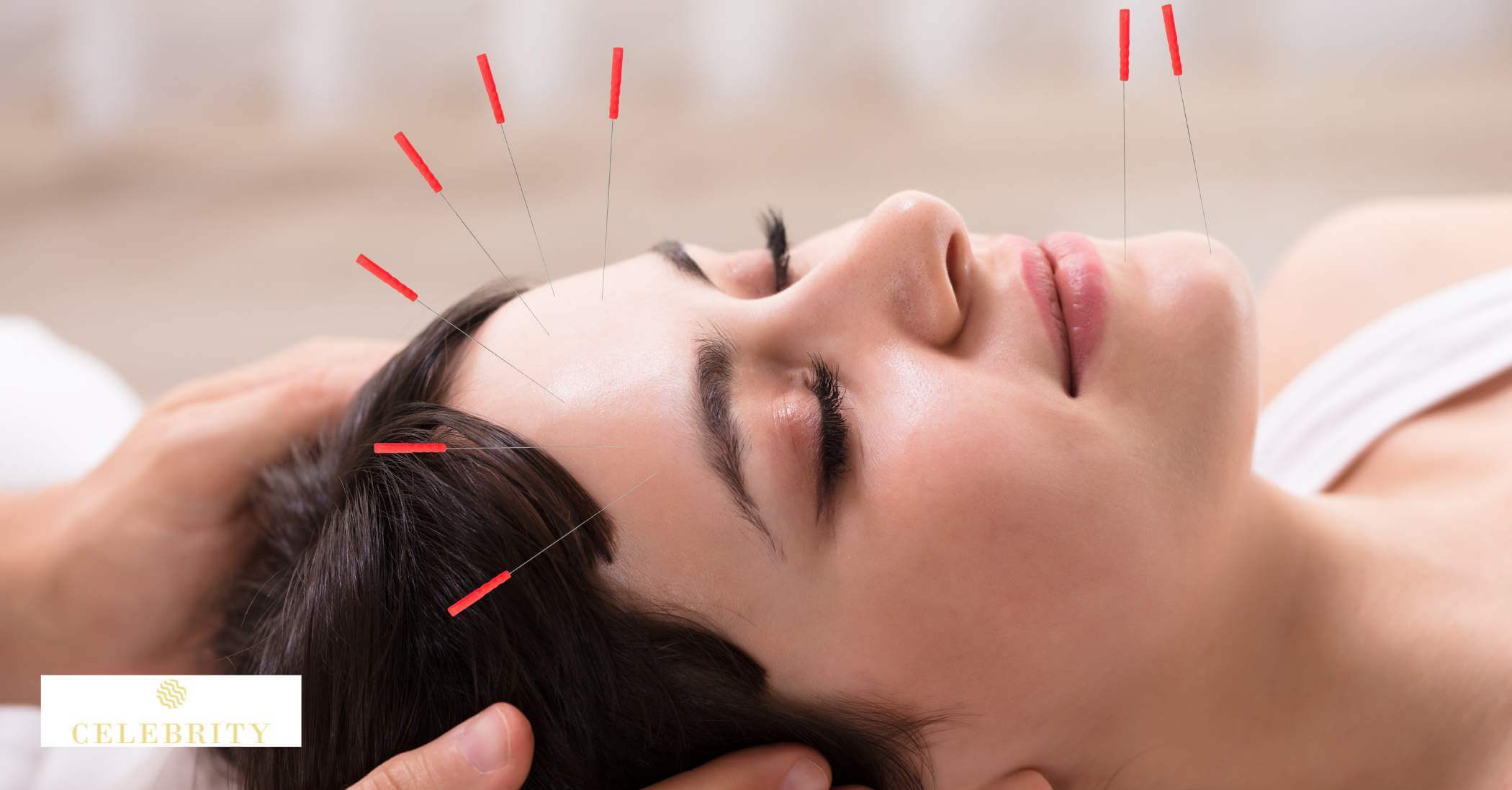
Possible Side Effects
Cosmetic acupuncture is generally safe, though some patients may experience minor side effects, including:
- Bruising: Mild bruising at needle insertion points is common and typically resolves within a few days.
- Soreness: Some tenderness in treated areas may occur but usually subsides quickly.
- Swelling: Slight swelling can appear but fades within a short period.
Importance of Consulting Qualified Practitioners
To ensure safety and maximize the effectiveness of cosmetic acupuncture, it is essential to work with a qualified practitioner.
- Proper Technique: Experienced professionals minimize risks by correctly administering needles and using appropriate methods.
- Personalized Treatment Plans: Skilled practitioners tailor treatments to address individual skin concerns and health needs.
- Credential Verification: Always verify the practitioner’s credentials and read reviews to ensure they have adequate training and expertise.
Need for Multiple Sessions
Cosmetic acupuncture is not a one-time solution; achieving optimal results requires consistency and commitment.
- Gradual Improvement: Benefits such as increased collagen production and improved skin elasticity develop progressively.
- Treatment Frequency: An initial series of 10-12 weekly sessions is recommended, followed by maintenance sessions every 4-6 weeks.
- Consistency: Regular appointments are necessary to sustain and enhance the benefits of treatment.
Is it safe to combine acupuncture with aesthetic procedures like Botox?
Combining cosmetic acupuncture with aesthetic treatments like Botox can be safe and effective when handled properly.
- Consult Both Practitioners: Ensure your acupuncturist and aesthetic professional are informed of all treatments you’re undergoing to coordinate care effectively.
- Timing: Schedule treatments carefully to avoid conflicts; for example, Botox and acupuncture should not be performed on the same day to prevent interactions.
Practical Application: Treatment Protocols
ntegrating cosmetic acupuncture into your skincare routine can enhance results when done strategically.
- Initial Phase: Begin with weekly acupuncture sessions for 6-8 weeks to boost collagen production and refine skin texture.
- Maintenance Phase: Shift to bi-weekly or monthly sessions to sustain improvements.
- Combining Treatments: Complement acupuncture with holistic beauty methods like skin dry brushing, which enhances circulation and supports exfoliation for an even more radiant complexion.
What should I expect during a cosmetic acupuncture session?
A cosmetic acupuncture session is typically comprehensive and relaxing, combining therapeutic practices with a focus on your skin and overall well-being. Here’s what you can expect:
Initial Consultation
The session begins with a consultation where the practitioner discusses your skin concerns, medical history, and cosmetic goals. This helps create a personalized treatment plan tailored to your needs.
Preparation
You’ll lie comfortably on a treatment table while the practitioner cleanses your face to remove any makeup or impurities, ensuring the skin is ready for treatment.
Needling Process
Fine, sterile needles are gently inserted into specific acupuncture points on your face. These points are selected to stimulate collagen production and enhance skin elasticity. While the procedure is generally painless, you may experience a slight tingling sensation.
Additional Techniques
Depending on the customized plan, additional techniques such as Gua Sha, cupping, or laser acupuncture may be included. These methods promote circulation, encourage lymphatic drainage, and enhance the overall results.
Relaxation Period
With the needles in place, you’ll relax for about 20-30 minutes. This time allows the treatment to take effect while providing a soothing experience in a calm environment.
Aftercare
Once the needles are removed, the practitioner may apply soothing creams or serums to nourish your skin. They will also provide post-treatment advice, such as avoiding certain activities or products, to maximize results and support recovery.
Conclusion
Cosmetic acupuncture provides a wealth of benefits, from enhancing skin tone, texture, and elasticity to promoting collagen production and achieving overall facial rejuvenation. As a natural anti-aging solution, it serves as an appealing alternative to invasive procedures like Botox.
Studies highlight its effectiveness in reducing fine lines and wrinkles while improving skin vitality. However, results depend on individual factors, and multiple sessions are often required to achieve and maintain desired outcomes.
Consulting with qualified professionals is essential to ensure these treatments suit your needs and deliver optimal results. Personalized care tailored to your skin goals can maximize the benefits of cosmetic acupuncture.
To explore how cosmetic acupuncture can transform your skincare routine, schedule a consultation with Celebrity Laser Care. Our expert practitioners will design a treatment plan uniquely suited to you, helping you achieve radiant, youthful skin.



